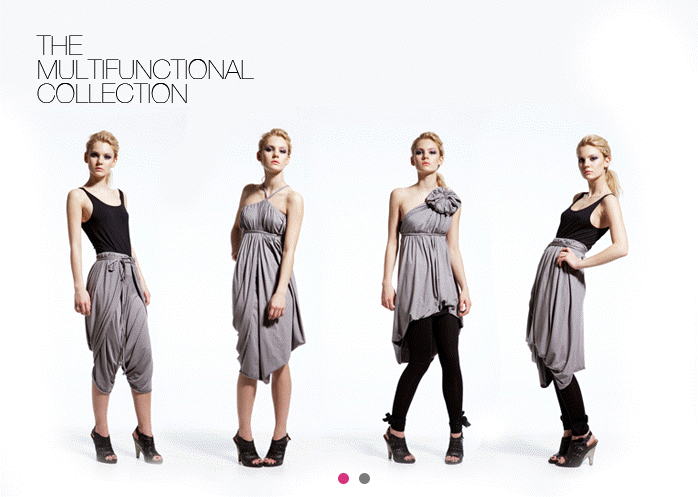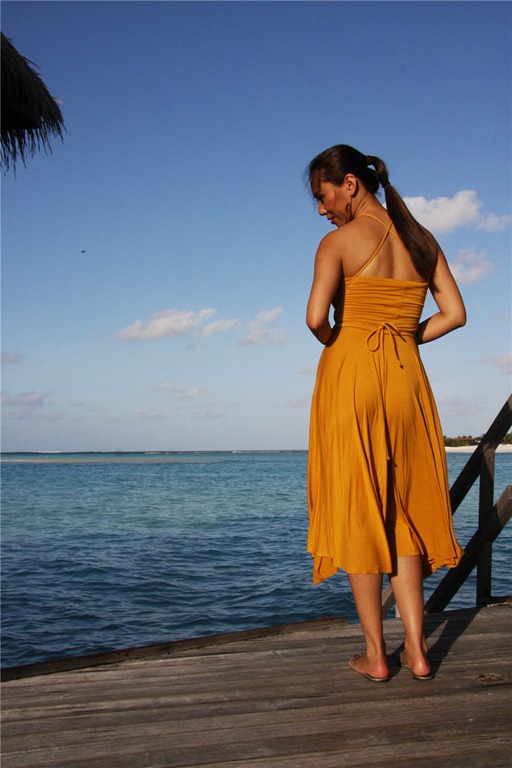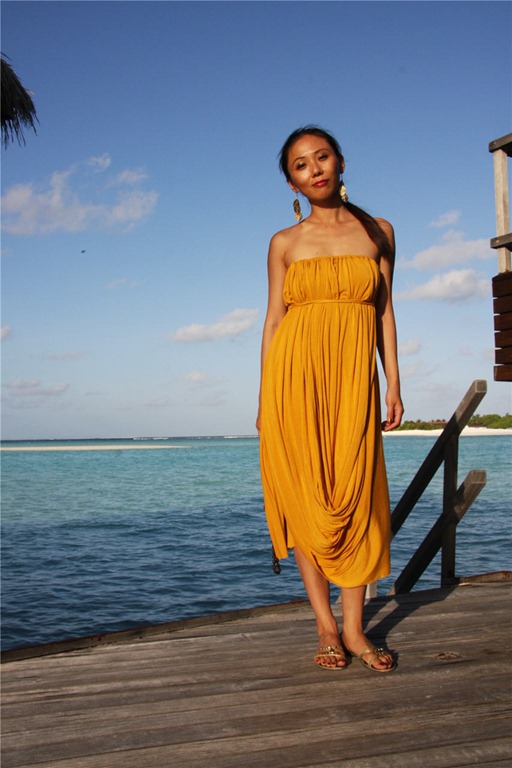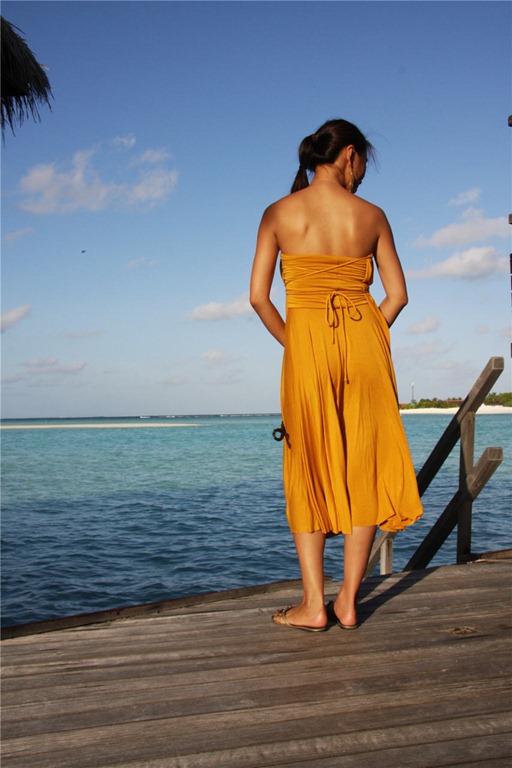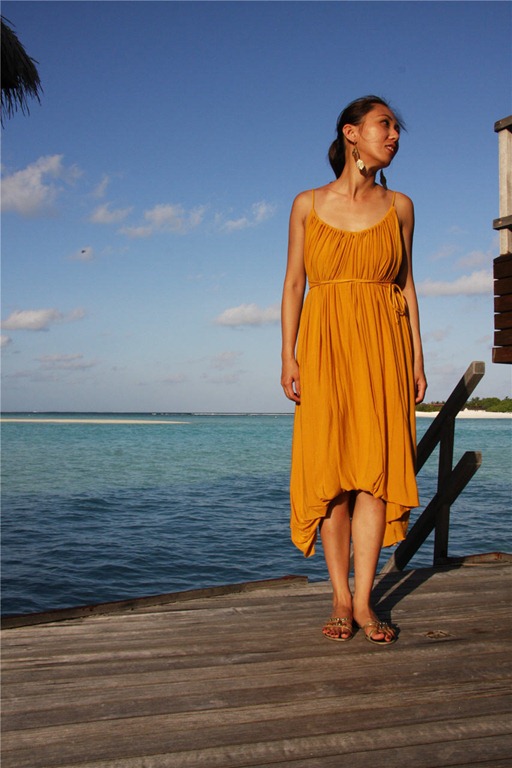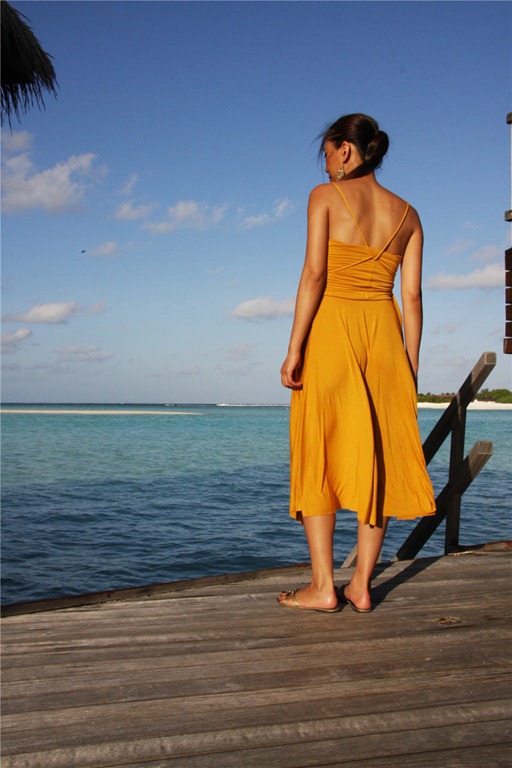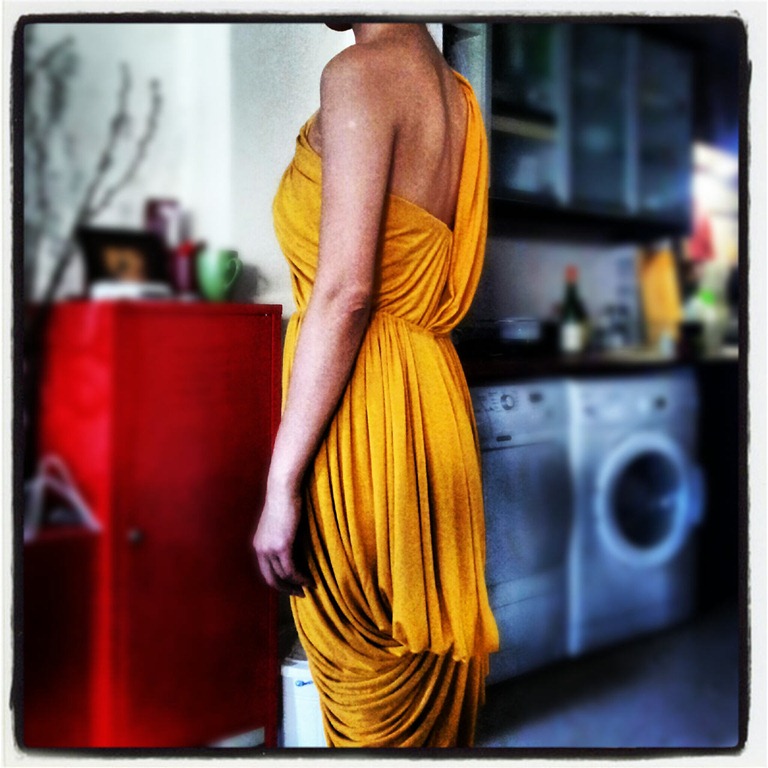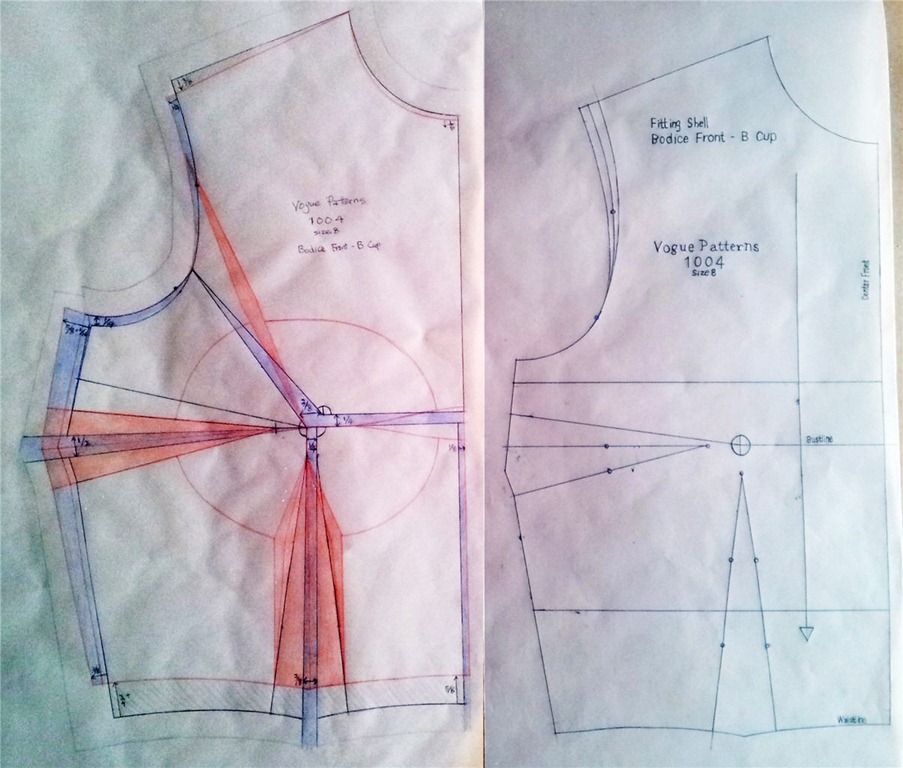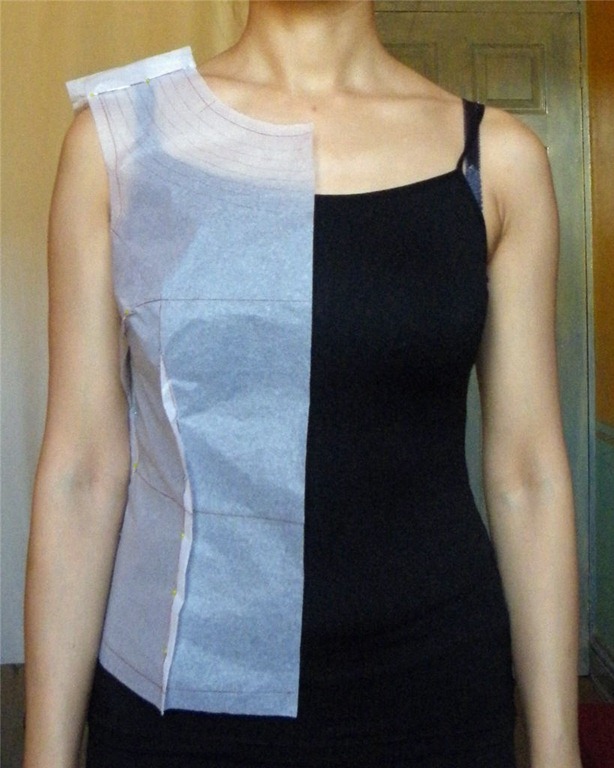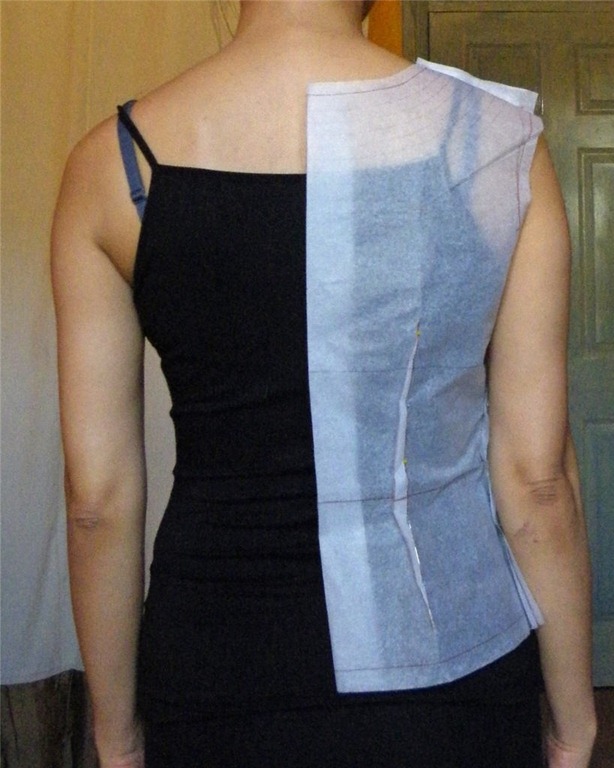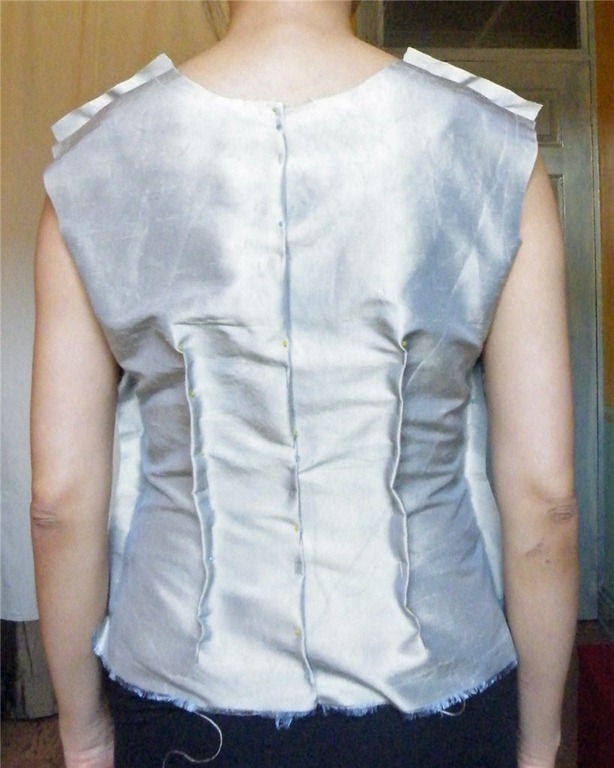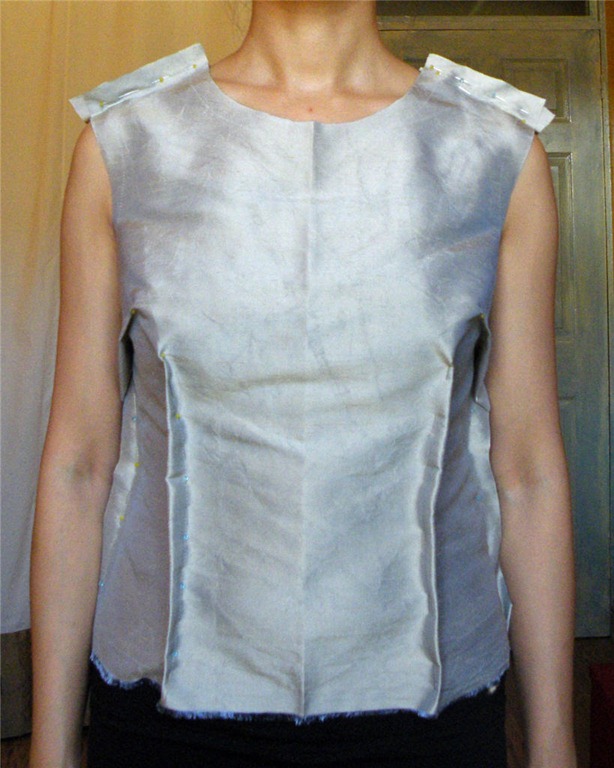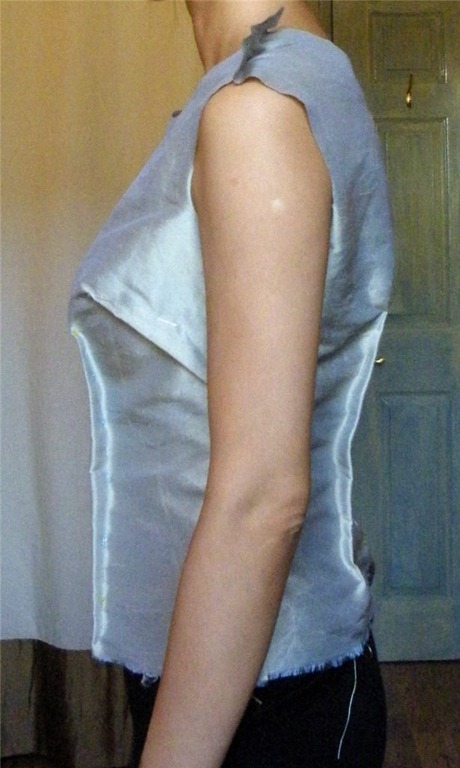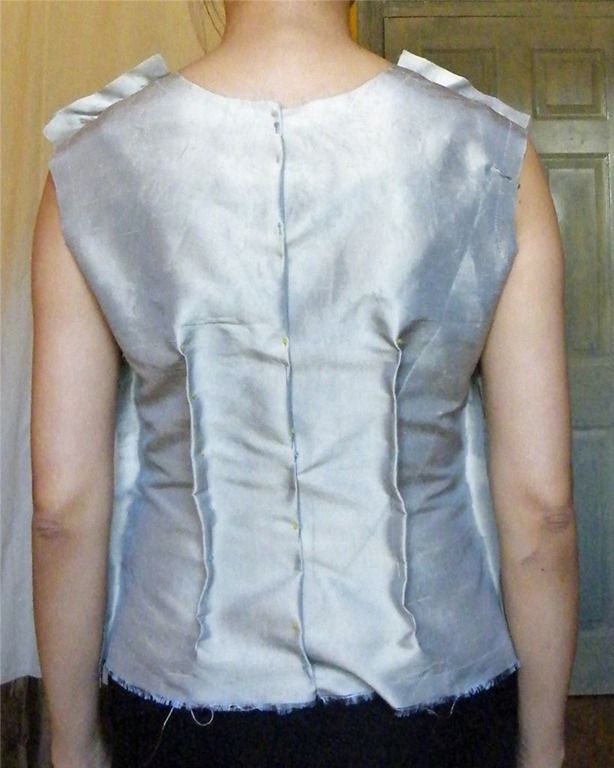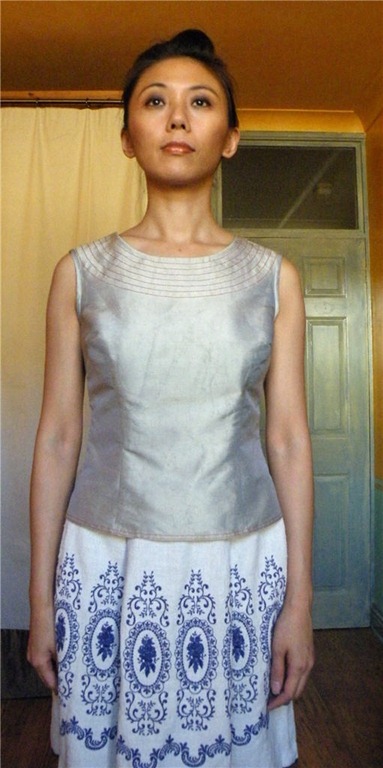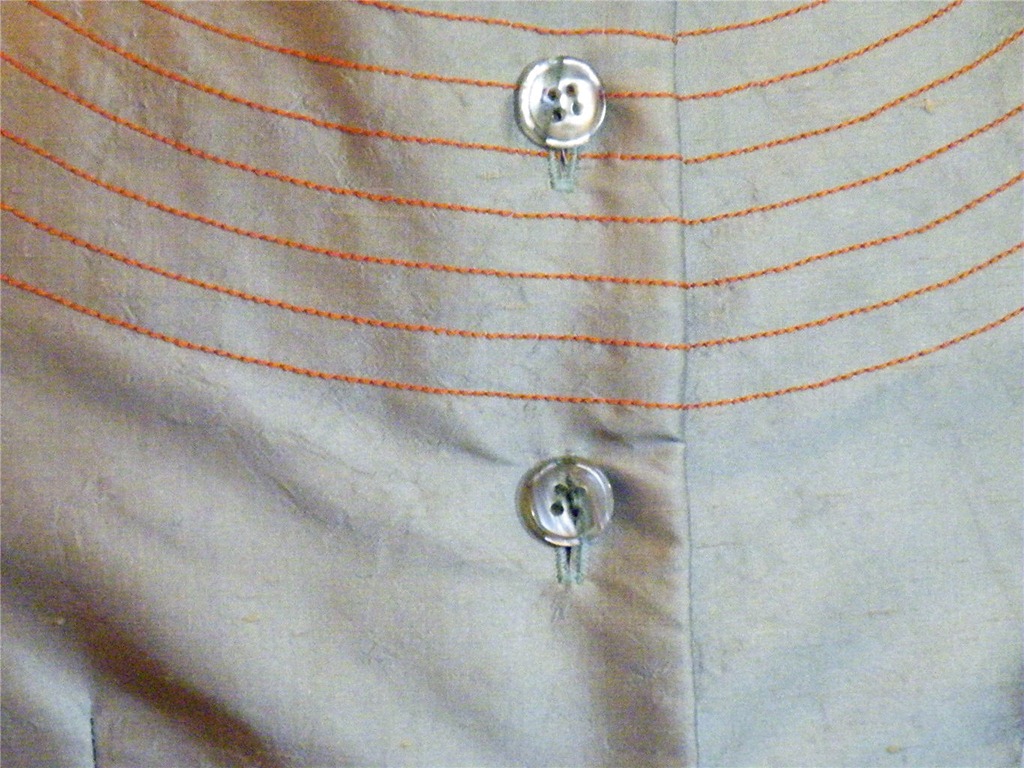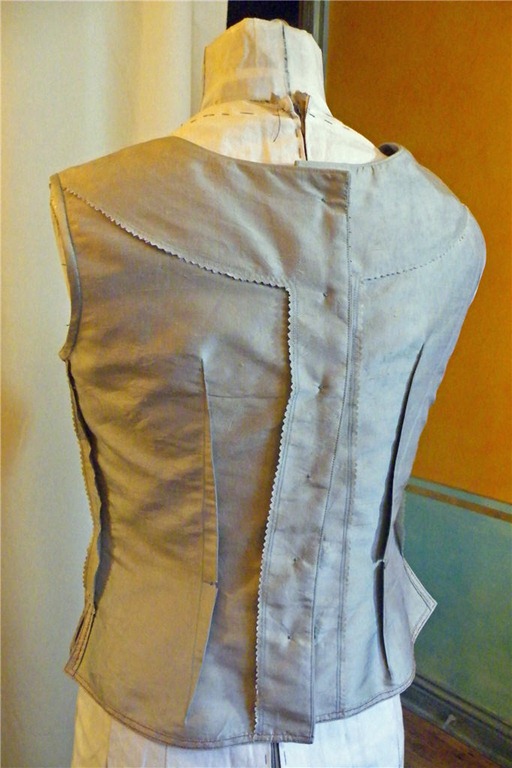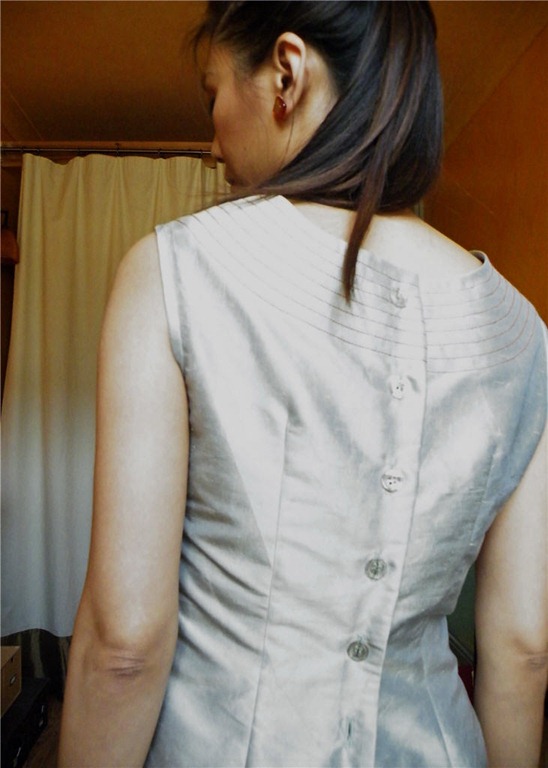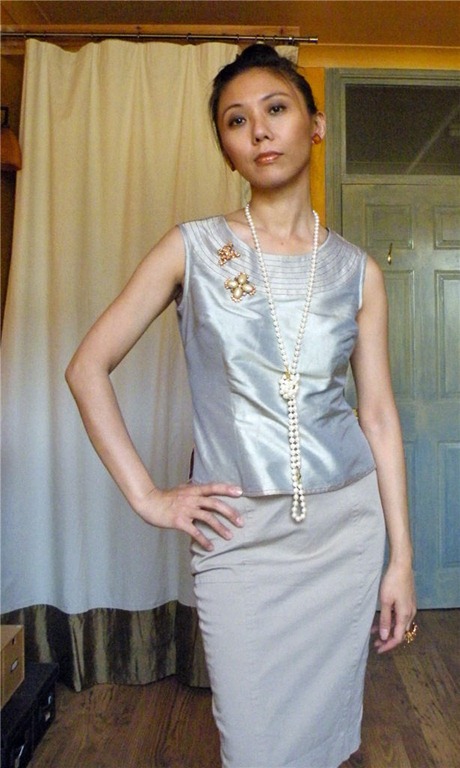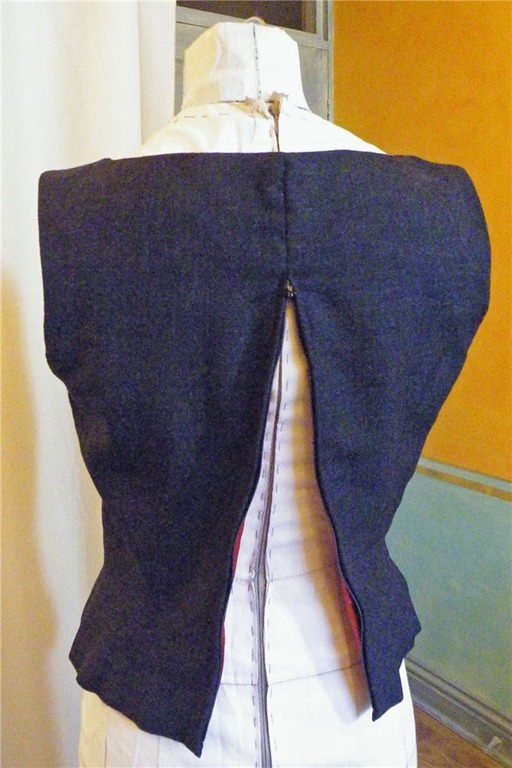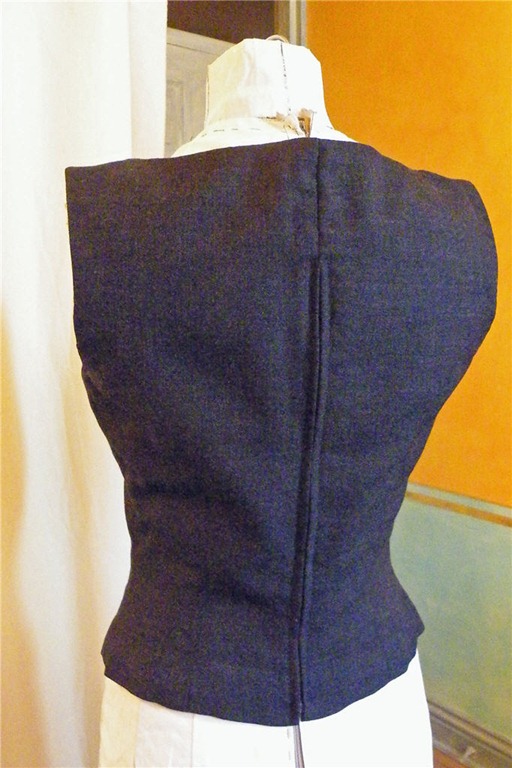OK, I know I’m over the age for wearing hot pants. But ever since I collected these clippings I wanted one. No matter what.
Besides, if I go for a slightly retro bathing suit style, and wear it only in hot sunny and beachy places like the Maldives, surely it’d be taken as modest bathing suit rather than skimpy short shorts.
This of course means rushing to make one before my holidays. Otherwise I might never get to wear it. Especially living in dreary London.
The Pattern
Again, I had a couple of patterns I thought might work. Both are actually billed as lingerie patterns.
I made ‘muslin’ of both and settled on Ohhh Lulu…Betty Panties this time. I’ll probably make the Burda Style one in the future as well. To wear around the house for my own pleasure if no where else. (Yeah, like many men, the Other Half doesn’t really get these granny pants. He calls my Betty Hot Pants “diaper” for chrissake! Rude boy.)
Style Shots & Mug Shots

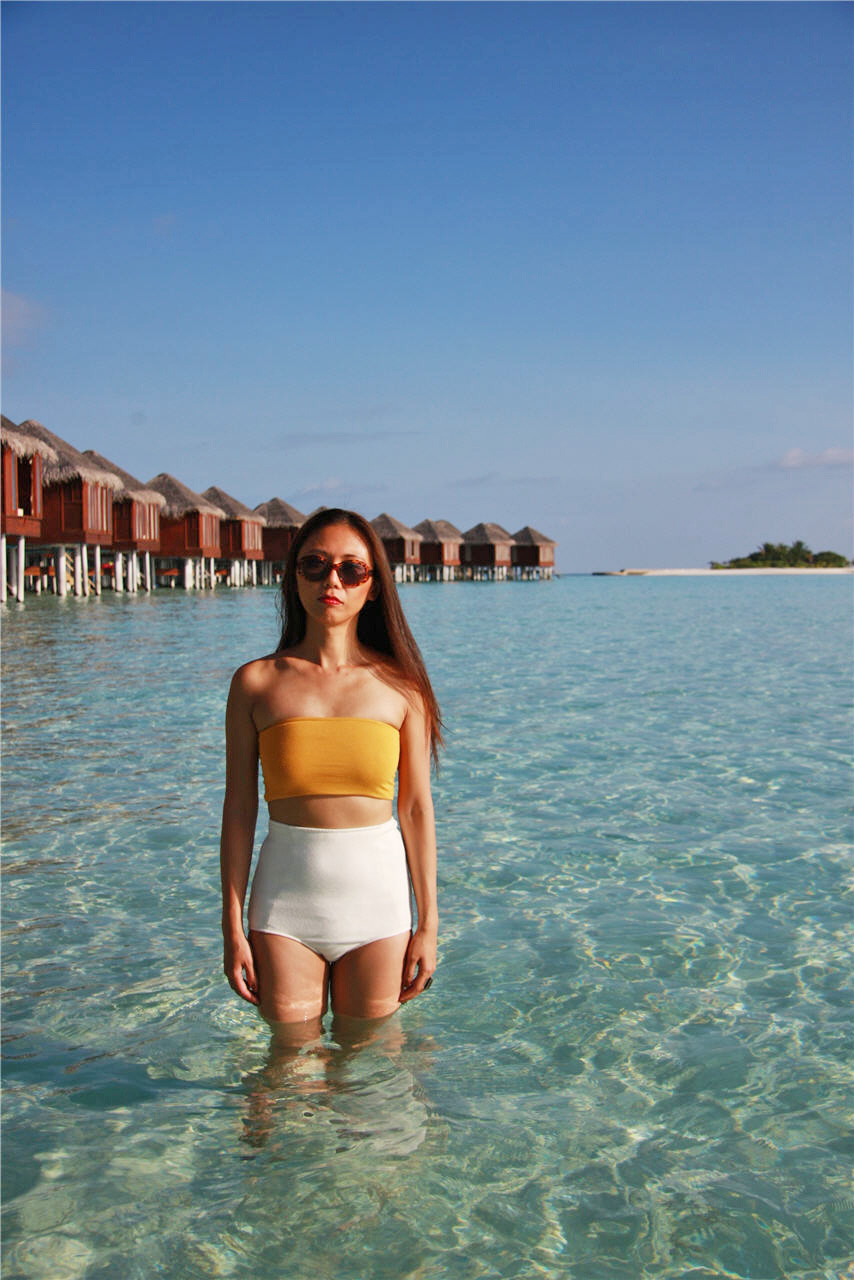
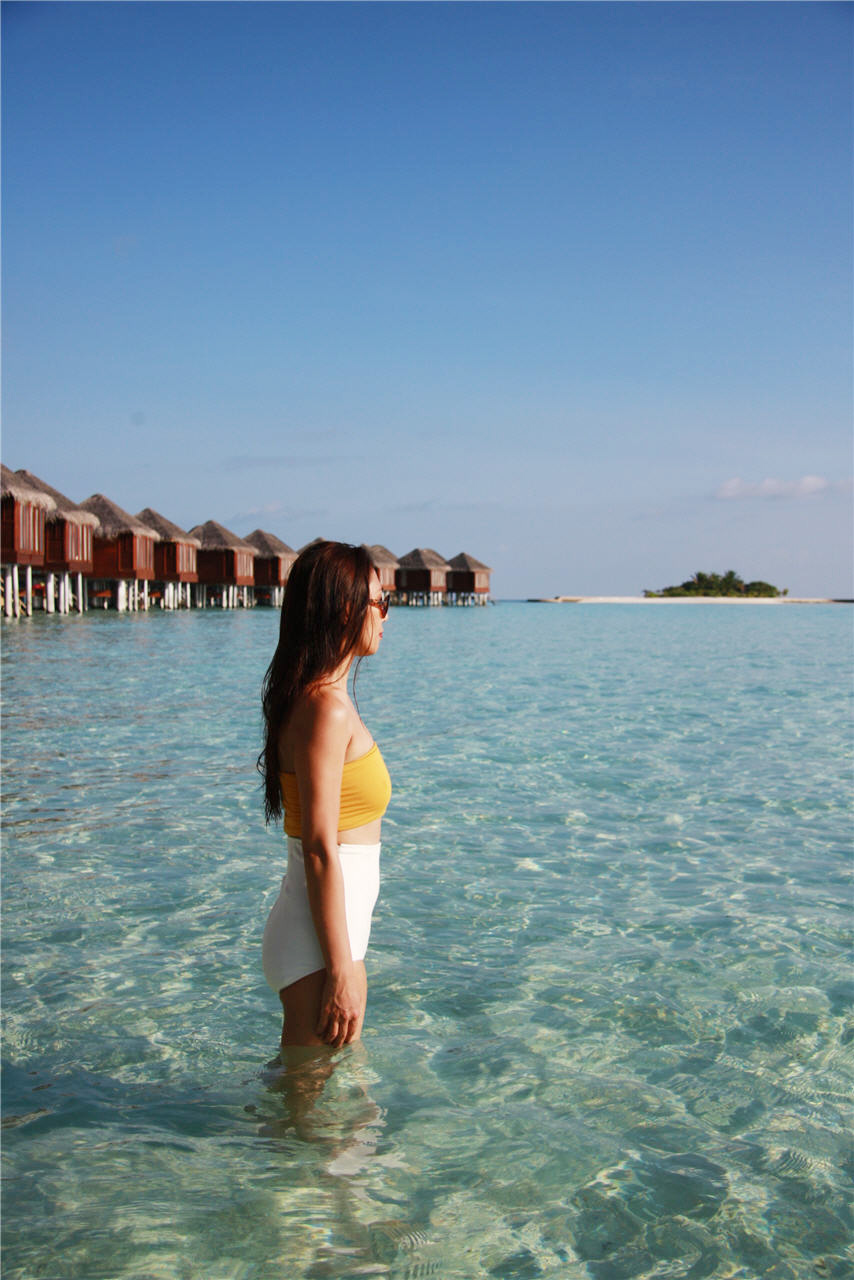

(Sorry, couldn’t resist showing off the lovely lagoon just outside our water villa in the Maldives. There’s not much fish on this side of the resort. But on the plus side the sand is soft to walk on without the prickly fresh corals. At low tide, you can walk across the lagoon to the sandbank. I don’t swim, so that was perfect!)
Fabric & Notions Used
Off-white Knit Double Cloth from B&J Fabrics in NYC bought a few years ago. It’s a med-heavy weight stable knit that’s satiny on one side and a nice spongy double knit on the other. The two fabrics are held together with what looks like double-sided adhesive film. Unfortunately the satiny side is marred in places. So I went for the double knit side.
MaxiLock serger thread from Wawak (formerly ATS). 3/8” clear elastic for the leg holes. Decorative elastic (like the type found on thigh high stockings) from Macculloch & Wallis for the waist facing. Invisible zipper.
Size Used
XS per hip measurement chart.
Changes Made
- Sway-back adjustment – shortened CB by 3/8”. You may have noticed I haven’t been consistent with my adjustments. My excuse is that I still haven’t quite worked out the correct back fitting yet. Anyway, this 3/8” was nowhere enough. Hence the horizontal folds at the waist in the photos.
- Shortened the crotch length as the muslin was a bit baggy there.
- Scooped out a bit more from the front leg curve to remove bagginess in the crotch.
- Made the back leg curve more shallow to cover a bit more of my bum.
- Added straight side seams to accommodate an invisible zipper. My fabric doesn’t stretch enough to pull over my hip while still being snug enough at the waist. It would be a bit weird if this was a panties or a proper retro swimwear. But as it’s hot pants in heavier fabric, I don’t think it’s weird to have the zipper.
Verdict on the Instruction
The instruction is clear. But again I didn’t really follow it faithfully as I’m making this as shorts rather than panties.
I inserted the zipper first. Then sew up the side seams, followed by the side-front and side-back seams. Because my fabric is bulky but still slightly translucent – like most whitish fabrics – I had to spread the seam allowances apart, top-stitch along both sides, and trim close to the top-stitching. For the leg hems I stitched the clear elastics to the wrong side so that when I turn the hem in and top-stitch, they’d be hidden. For the waist I stitched the decorative elastic to the right side, turn in, top-stitch, then tack the lower edge of the wide elastic to all vertical seams. Again, I turned to my trusted walking feet and stretch stitch for almost all of the sewing.
Would I sew it again
Hmmm…maybe one more Hot Pants in black. Then as granny pants as the designers intended. I’m feeling old enough to retire those skimpy panties that give you the wedgie. Ouch.



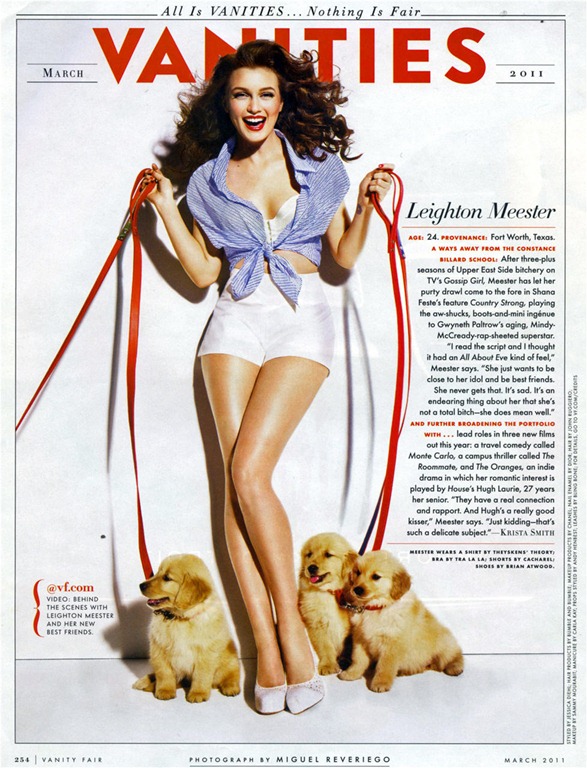
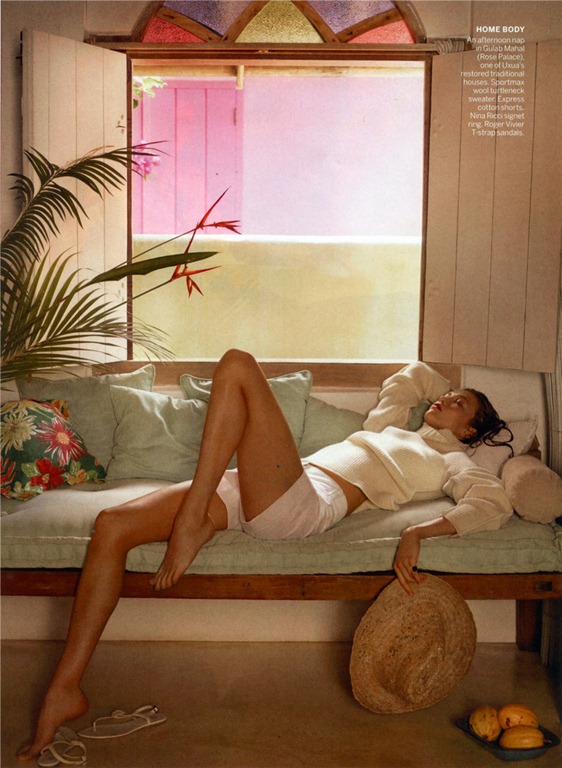
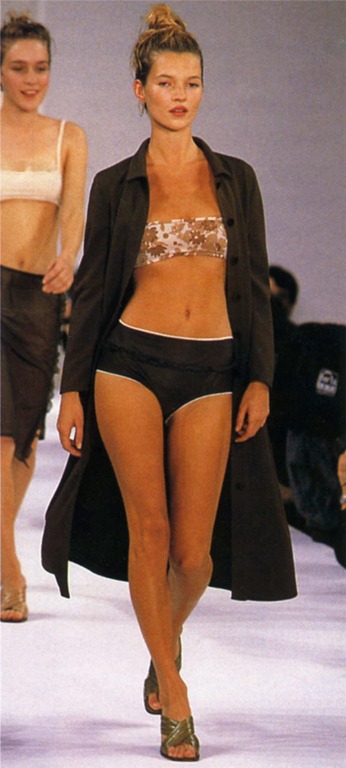




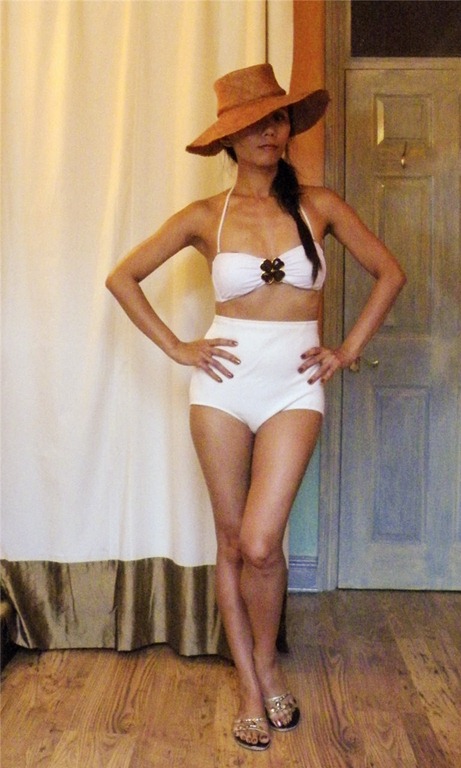


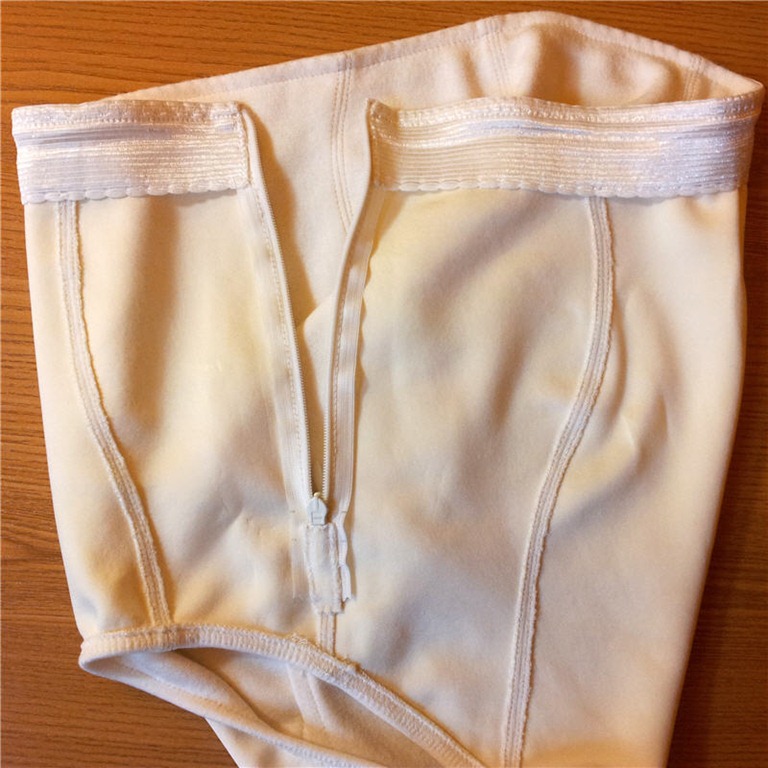
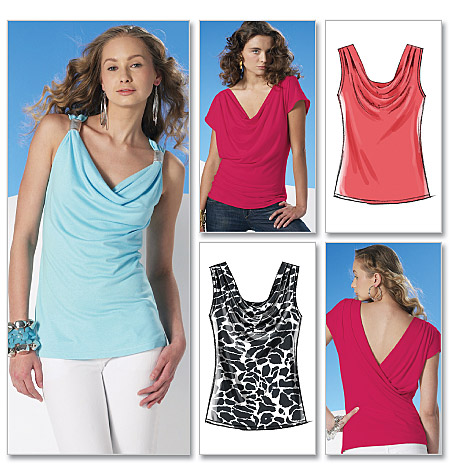
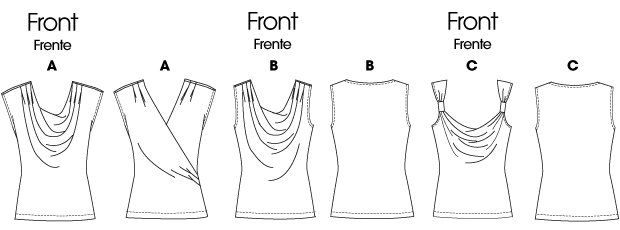

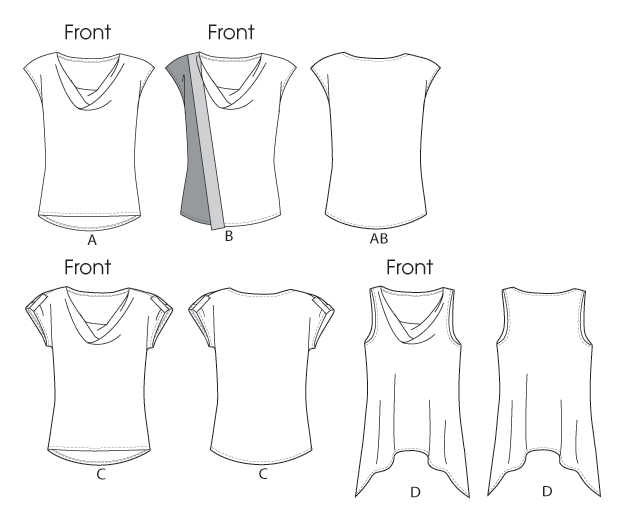
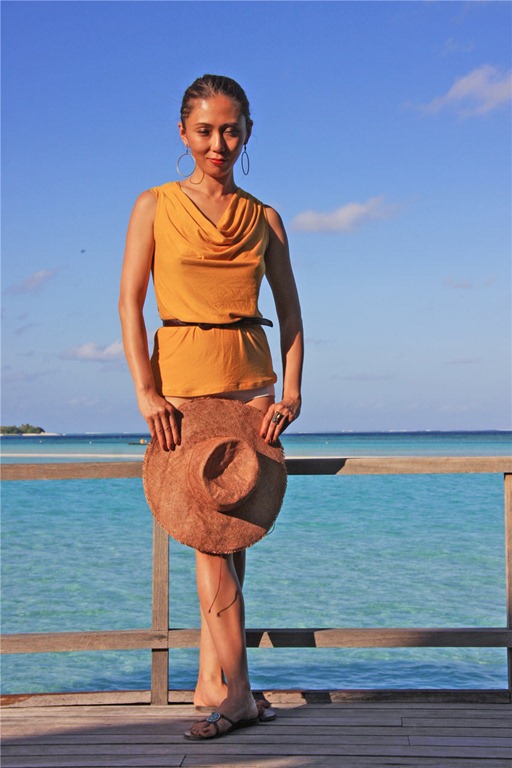
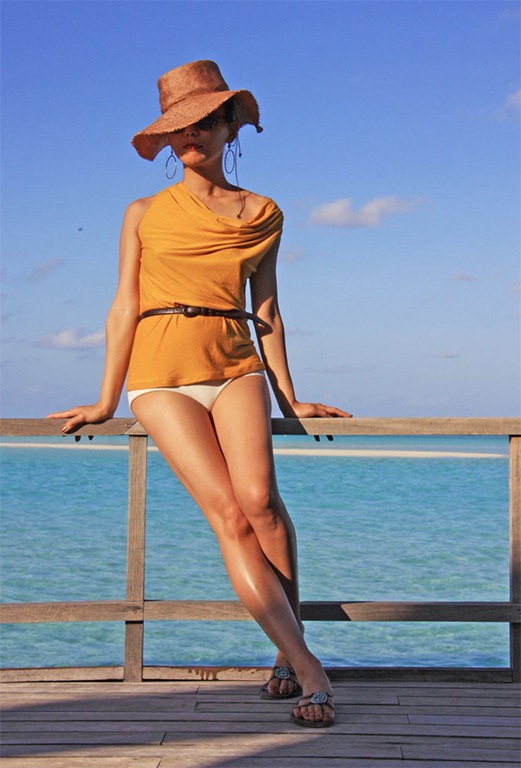

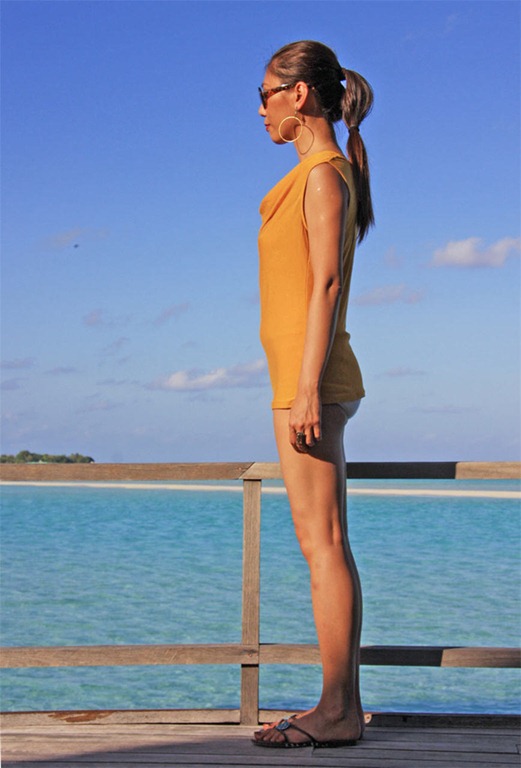
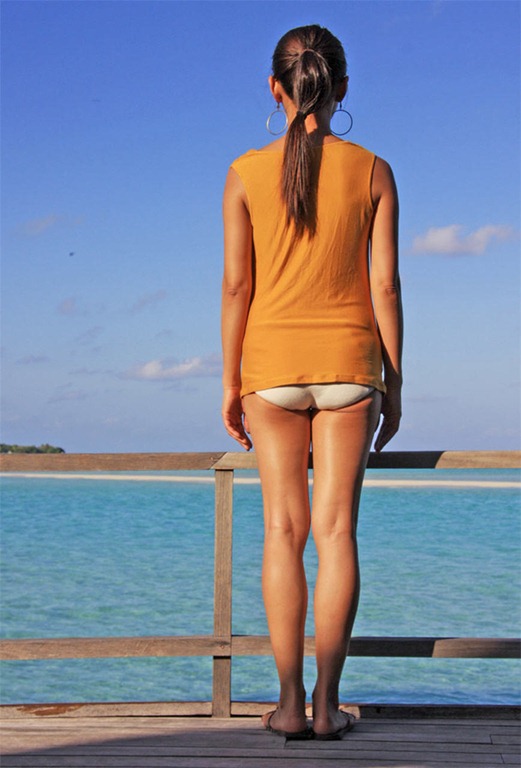

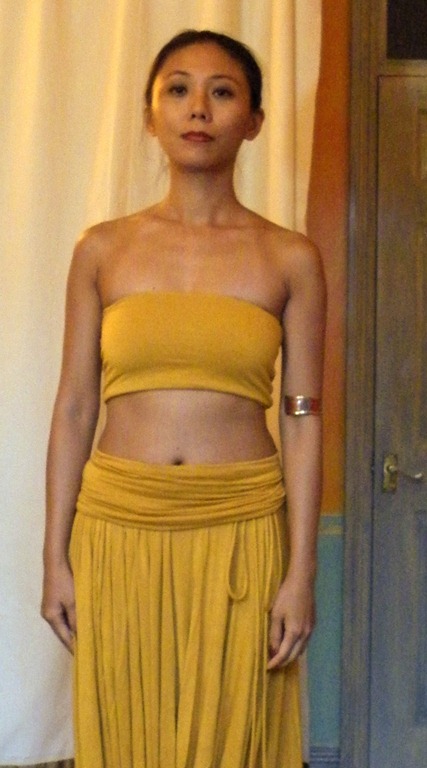
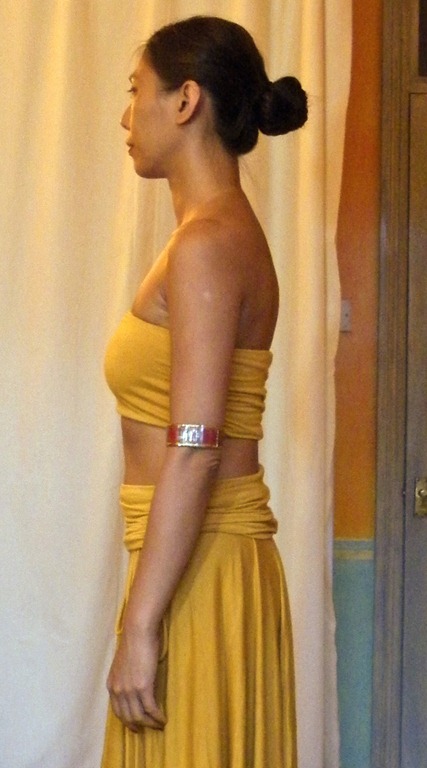




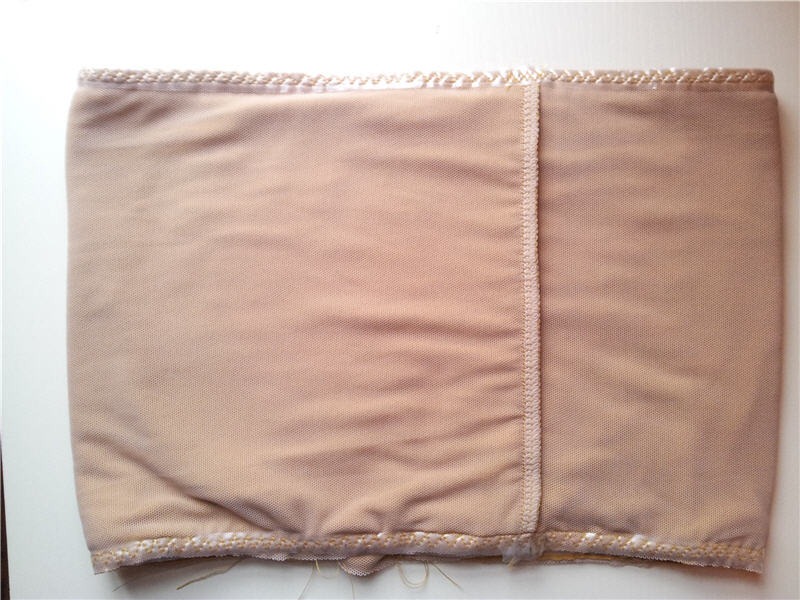
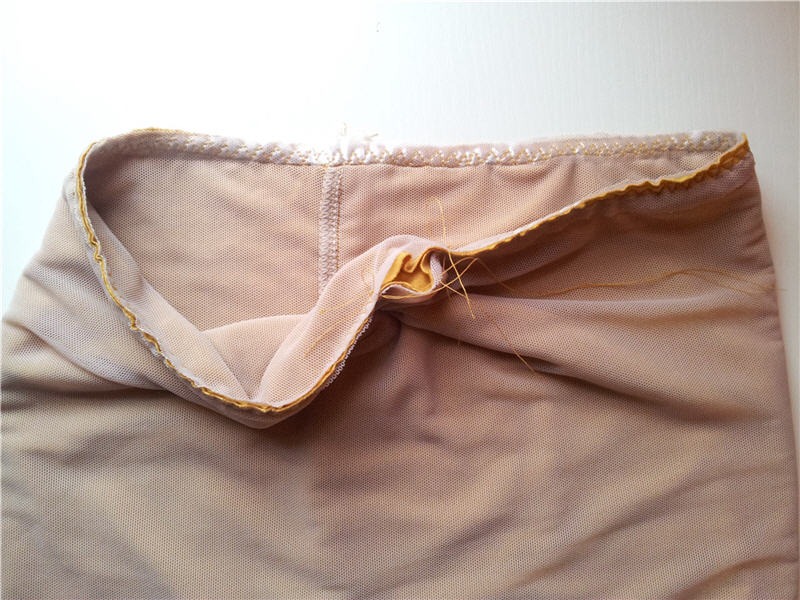
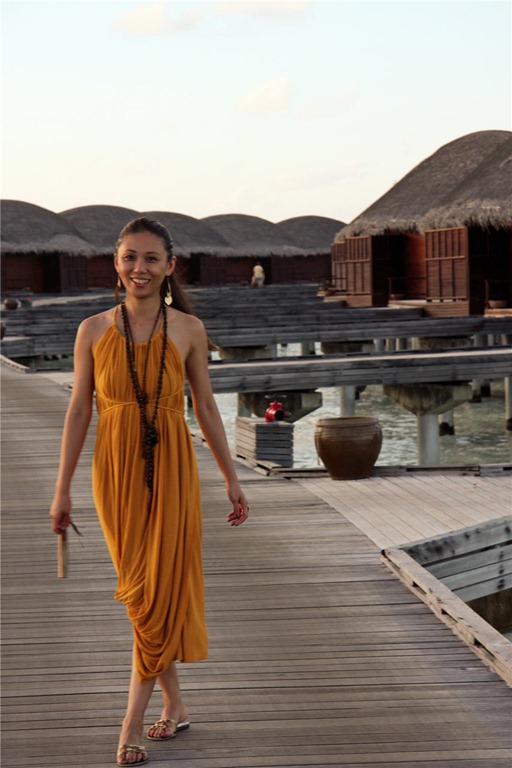
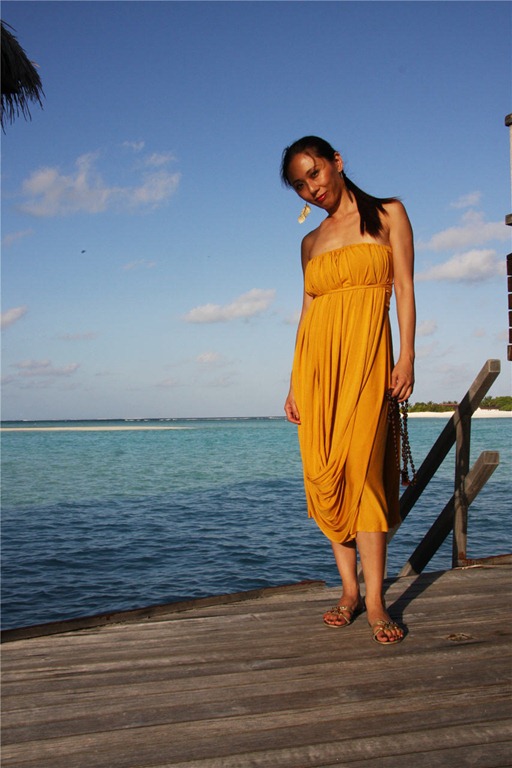
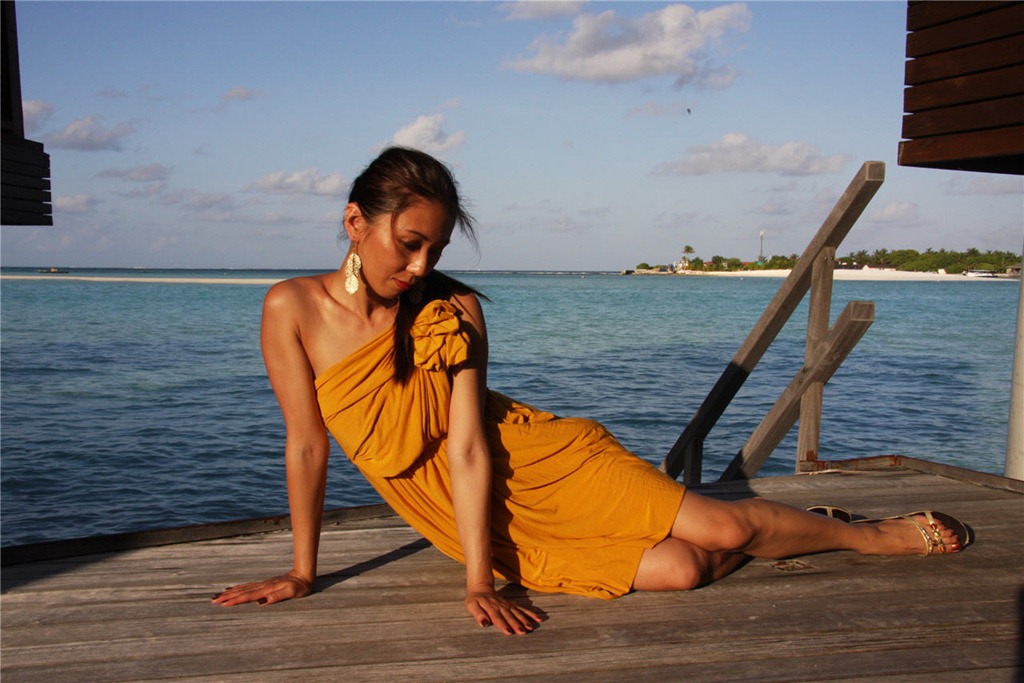
 So this is the one I saw in Threads then stumble upon the instruction online by chance. The very clever
So this is the one I saw in Threads then stumble upon the instruction online by chance. The very clever 